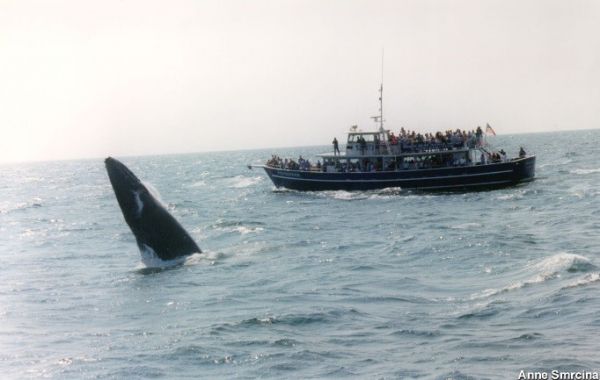New educational resource section for Whale Watching Handbook
A new section of the online Whale Watching Handbook has been published, containing a series of simple, educational factsheets. The factsheets explain key concepts of whale and dolphin biology, ecology and conservation, and have been developed in response to requests from educators and guides keen to enhance the value of whale watching trips.
The Handbook is a collaboration between IWC and the Convention for Migratory Species. It launched 18 months ago with the overall aim of long-term sustainability for cetacean populations that are the focus of whale watching. Since then it has been viewed in over 200 countries and now averages around 4,000 visitors per month. The Handbook aims to provide impartial and up-to-date information on all aspects of whale watching, with a range of resources for managers and regulators, and members of the public planning a trip, as well as the whale watching industry.
The content is available in English, French and Spanish. It includes an interactive world map, a compendium of national and regional whale watching regulations, case studies from all over the world, country profiles and an academic reference section with 400 peer reviewed articles and reports on whale watching. It also includes an illustrated species section featuring key characteristics of different species and their surfacing behaviour to help identify them in the water.
There are nine new educational factsheets. They cover a range of topics, from the differences between whales, dolphins and sharks to feeding, habitat and threats. They can be downloaded as a full set in one PDF, or separately as a single A4 page on each topic.
The success of the Handbook has led to requests for other types of additional material and new country profiles and case studies will be published soon.
To view the new series of factsheets click here.
To access the homepage of the Whale Watching Handbook click here.

